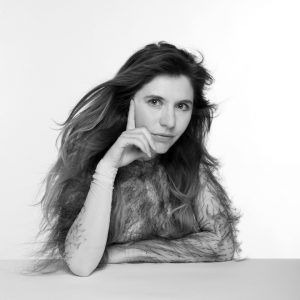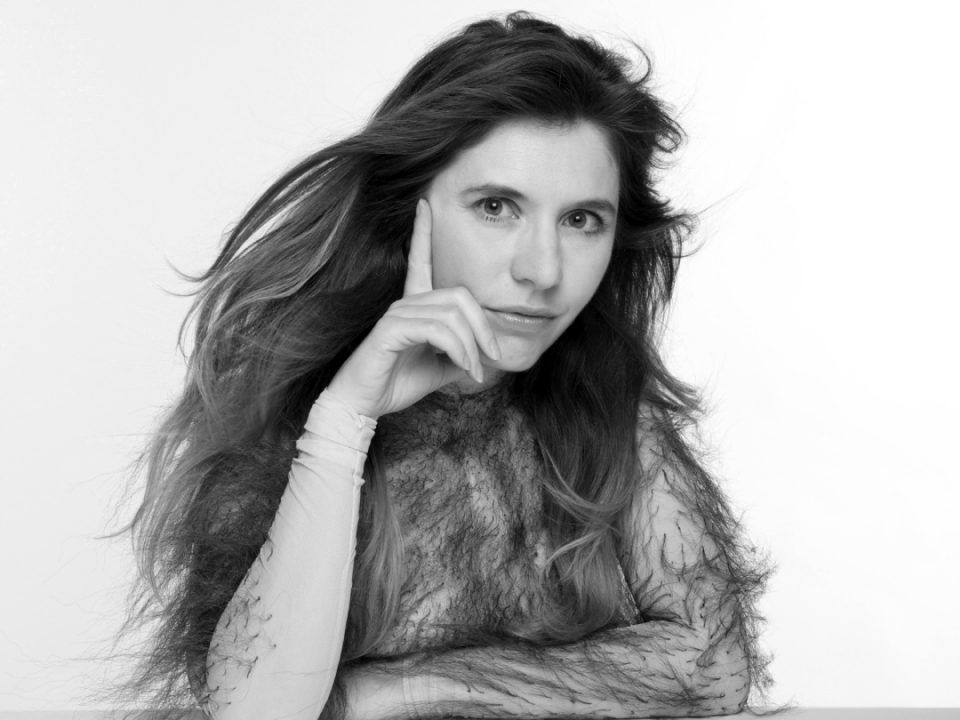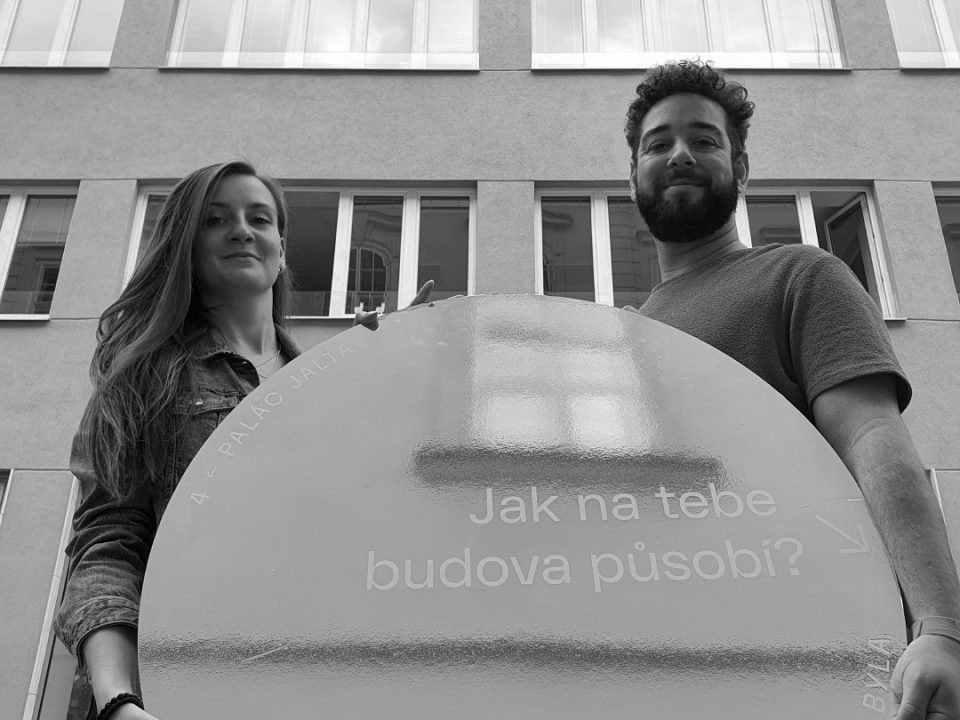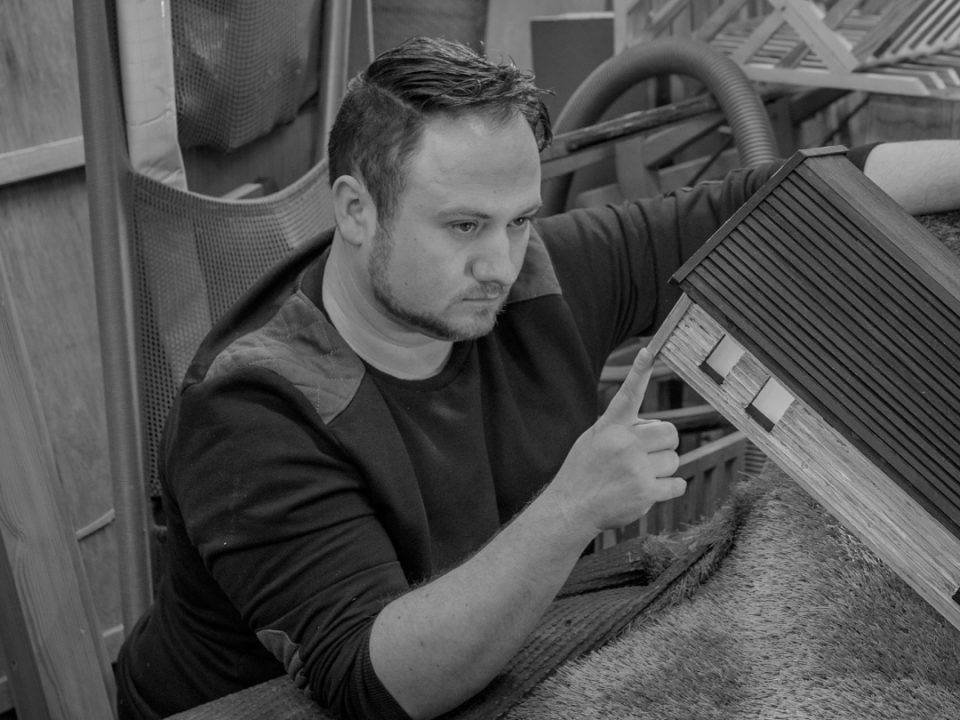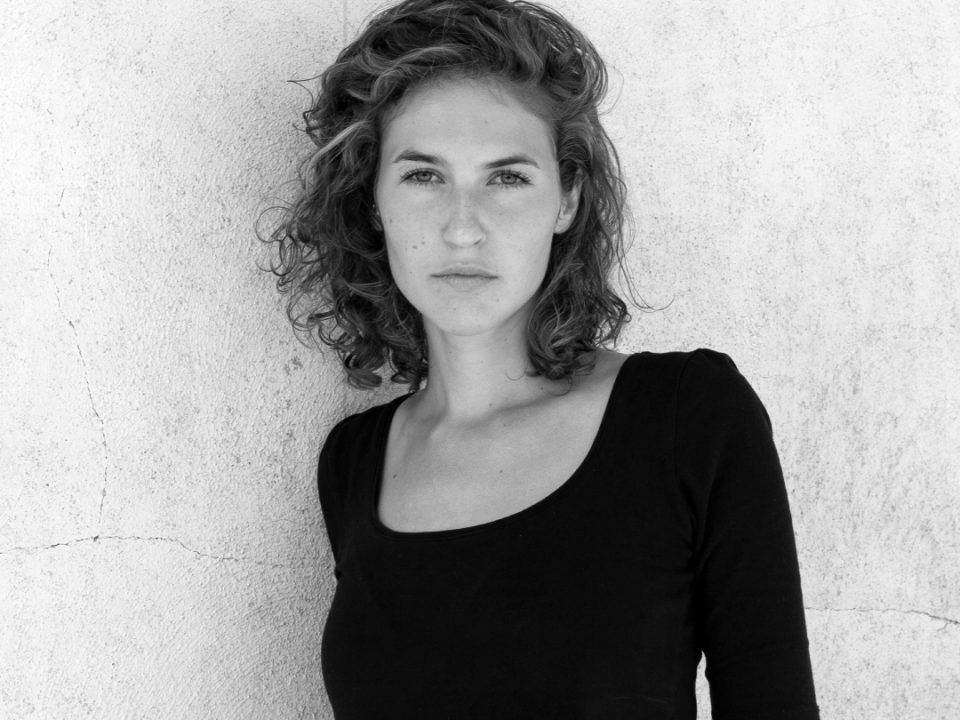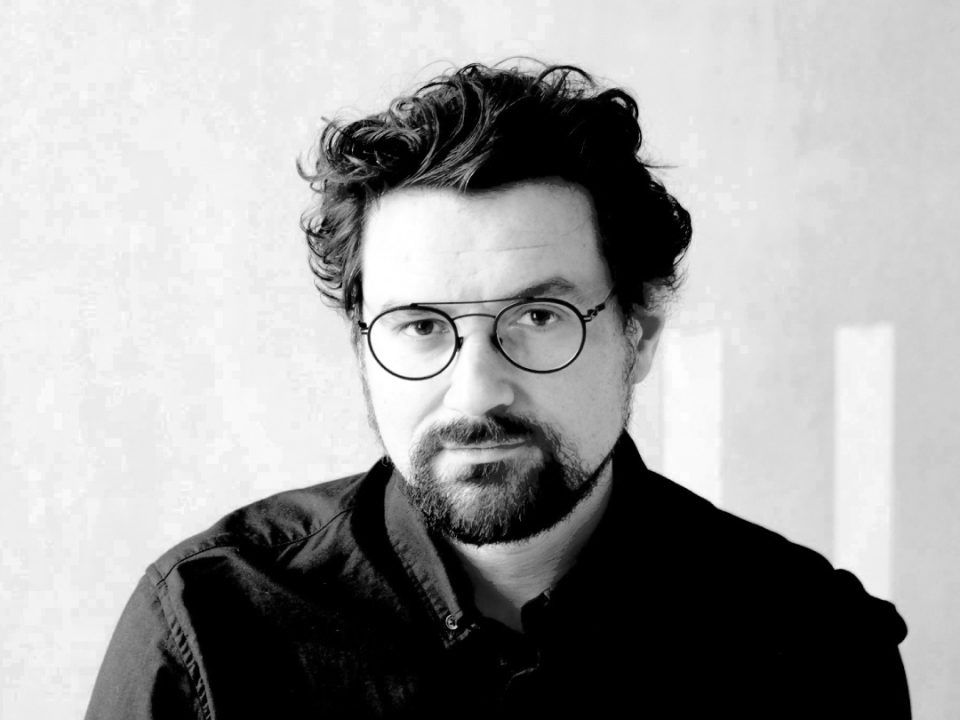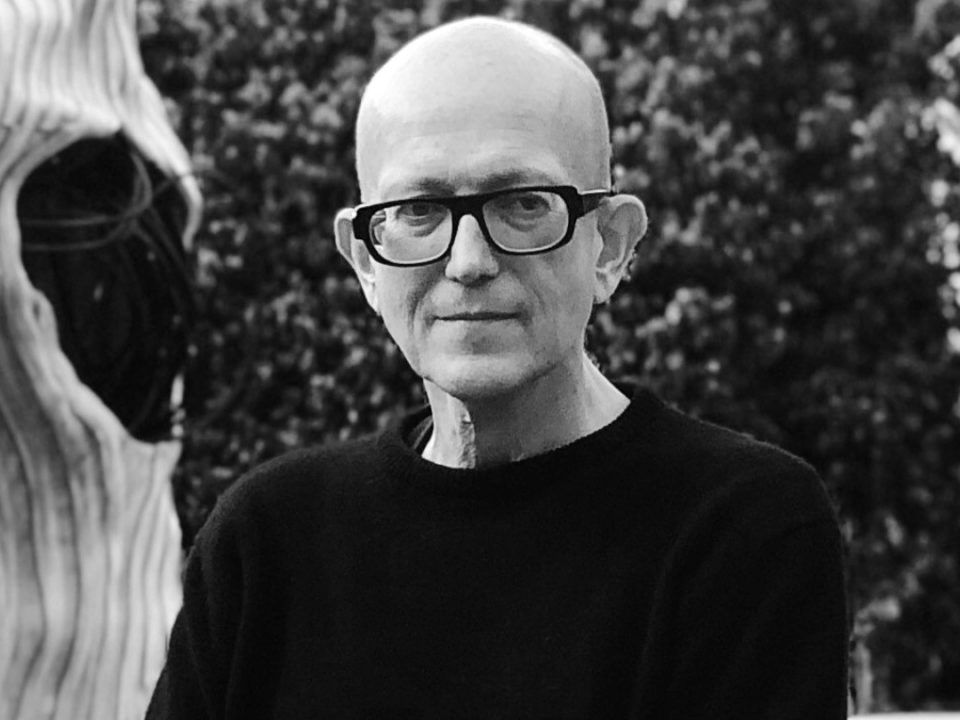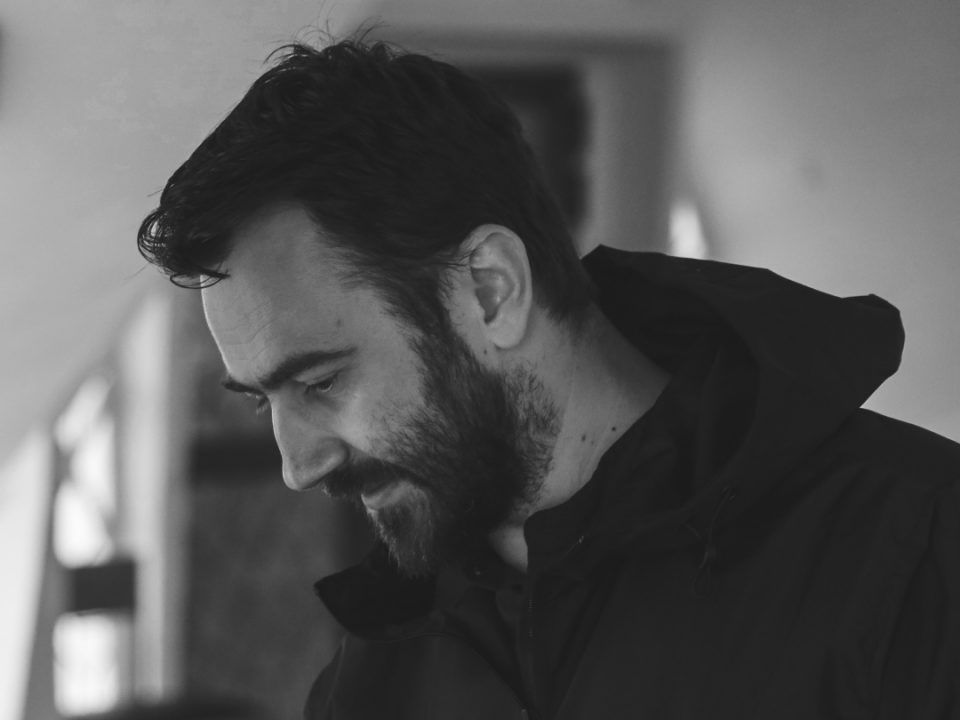Karin Pisarikova was born in Brno, Czech Republic. She works as an artist, curator and external lecturer. Her works are mostly inspired by life, human relations and everyday rituals, predominantly in the medium of installation, but include performance, video and photography.
Her material of choice is human hair, for its ambiguity and connection to the body. She focuses on the human condition and making art praxis integral to everyday life. The problem of authenticity, fiction and reality is also central in her work.
Pisarikova studied in the atelier of Body Art at FaVU-VUT in Brno and completed her PhD. at Tama Art University, Tokyo in 2015. She has had solo shows in Tokyo, Osaka, Nagano and Brno and participated in several art residencies in Japan and in Europe. Karin Pisarikova is the founder and periodical curator of Gallery Umakart in Brno. She was teaching at Joshibi University of Art and Design in Tokyo until 2018, before moving back to the Czech Republic, where she lectures at the Faculty of Arts of Masaryk University in Brno.

